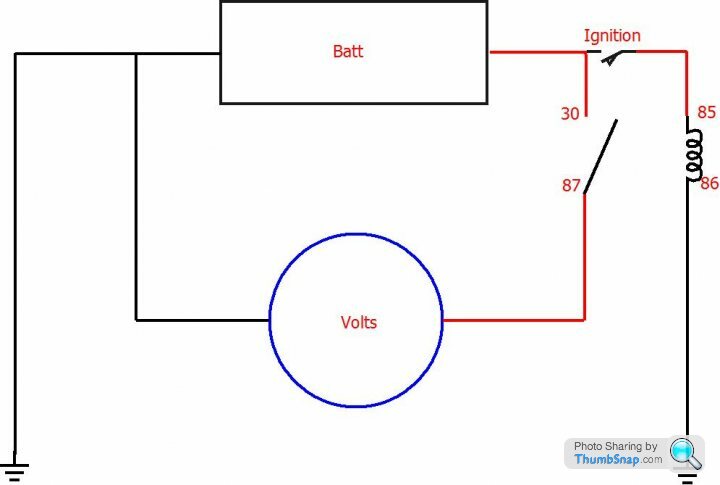Low voltage on gauge when using lights etc?
Discussion
I have a precat Griff 4.0 which lives on a Ctek battery charger and had a new battery fitted around 2-3 yrs ago and a new alternator fitted 20 years ago (not many miles since).
Have noticed this year that the voltage showing on the gauge is only around 13v when driving around with no lights on (used to be around 14.5). If I use the demisting fan and some lights the voltage drops to 11v on the gauge which to me at least implies the battery may in fact be discharging due to the alternator not being able to supply the electrical load. Worth noting I replaced all my rear lights with LED's anyway which should help matters.
So in essence the voltmeter is reading lower than it usually does in the car and I'm trying to figure out how to know if it's the battery, alternator or both that are shot? I do have a simple multimeter.
Many thanks,
Saxon
Have noticed this year that the voltage showing on the gauge is only around 13v when driving around with no lights on (used to be around 14.5). If I use the demisting fan and some lights the voltage drops to 11v on the gauge which to me at least implies the battery may in fact be discharging due to the alternator not being able to supply the electrical load. Worth noting I replaced all my rear lights with LED's anyway which should help matters.
So in essence the voltmeter is reading lower than it usually does in the car and I'm trying to figure out how to know if it's the battery, alternator or both that are shot? I do have a simple multimeter.
Many thanks,
Saxon
Quite often the 'older' TVR's have this sort of voltage gauge behaviour - including flickering slightly when using the indicators.
Usually all down to the wiring and connections of the gauge. My S1 gauge showed that behaviour until I rewired the gauge.
You will need the help of a second person. Place the multi-meter across the battery and note the voltage with nothing switched on, then do the same with various items switched on, do the same with the ign on and finally with the engine running at say 2000 rpm.
Let us know the findings
Usually all down to the wiring and connections of the gauge. My S1 gauge showed that behaviour until I rewired the gauge.
You will need the help of a second person. Place the multi-meter across the battery and note the voltage with nothing switched on, then do the same with various items switched on, do the same with the ign on and finally with the engine running at say 2000 rpm.
Let us know the findings
Edited by magpies on Monday 3rd May 09:43
Get a battery charger that you can connect when the engine is running which tells you actual battery voltage, and the output from the alternator. If you do not have 14.3/14.4 volts from the alternator or if the battery is really down to 11 volts when the engine is running and lights, heater fan on etc, then your alternator has failed, which at 20 years old is pretty likely.
Ring RSC 612, for example, will do all of that.
Ring RSC 612, for example, will do all of that.
Gassing Station | Griffith | Top of Page | What's New | My Stuff




 alternator is at fault.
alternator is at fault. 